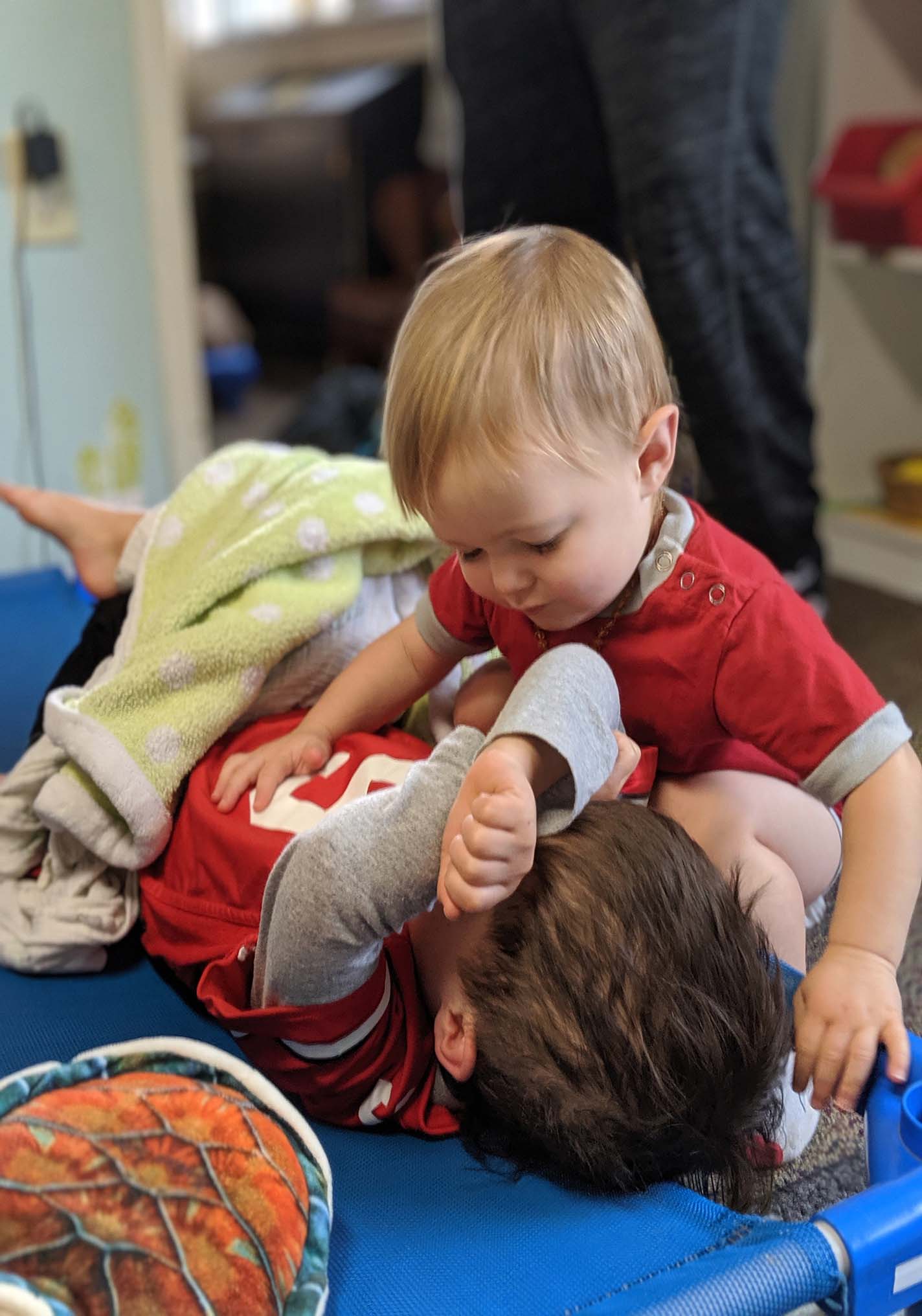Curriculum
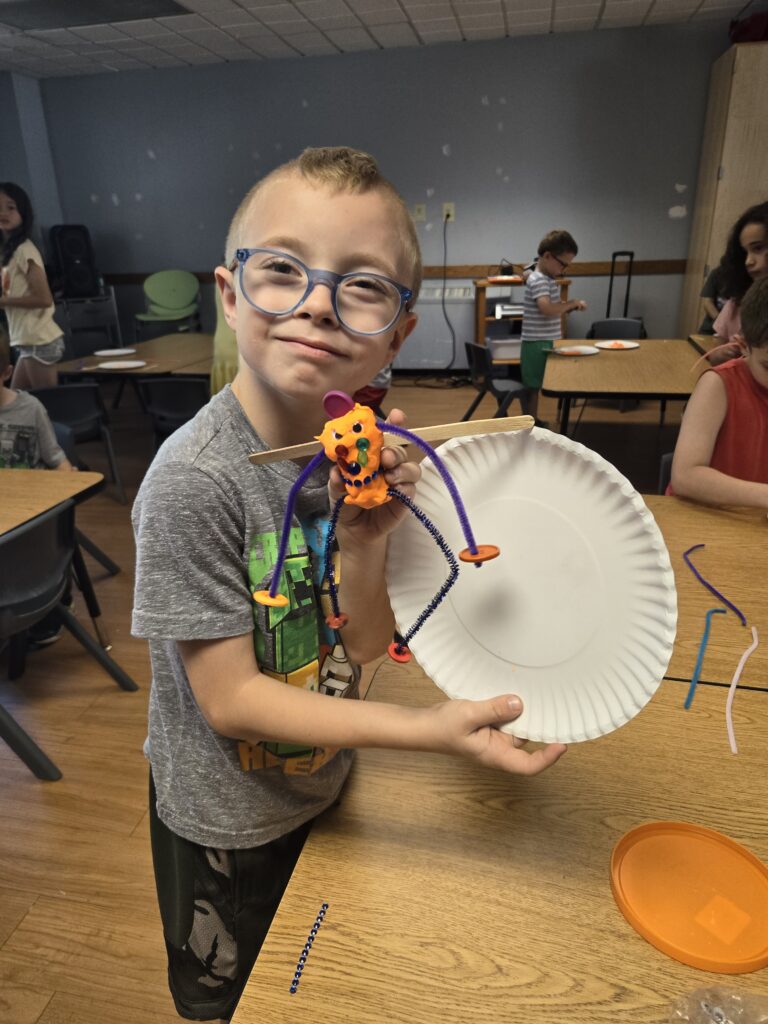
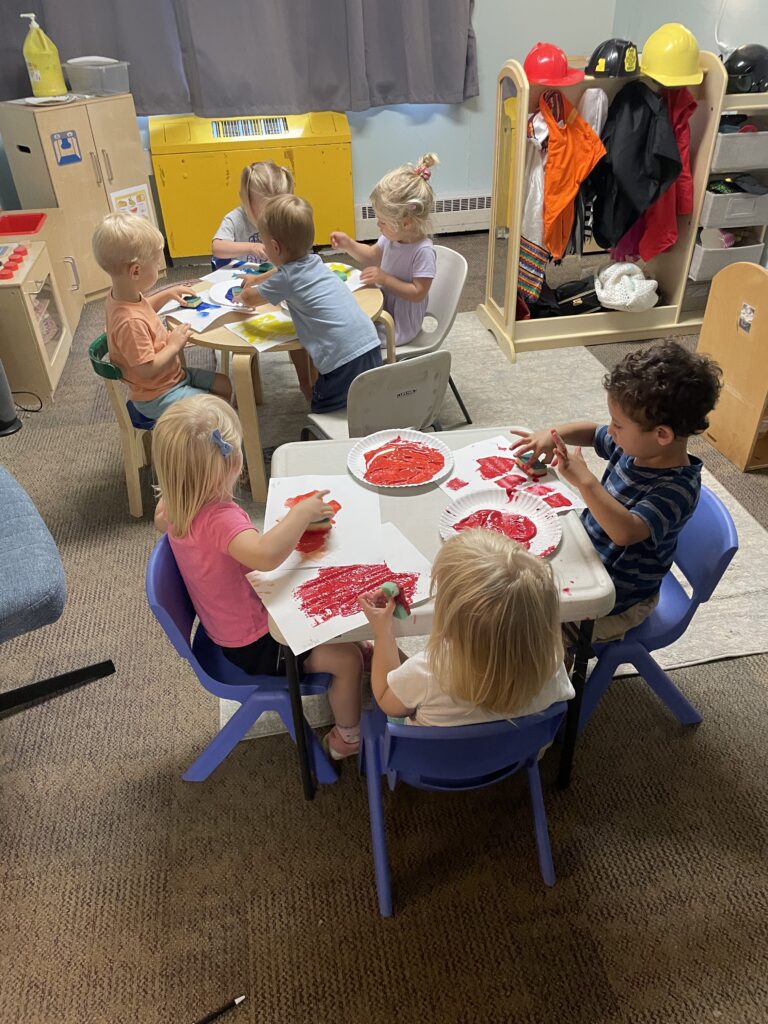
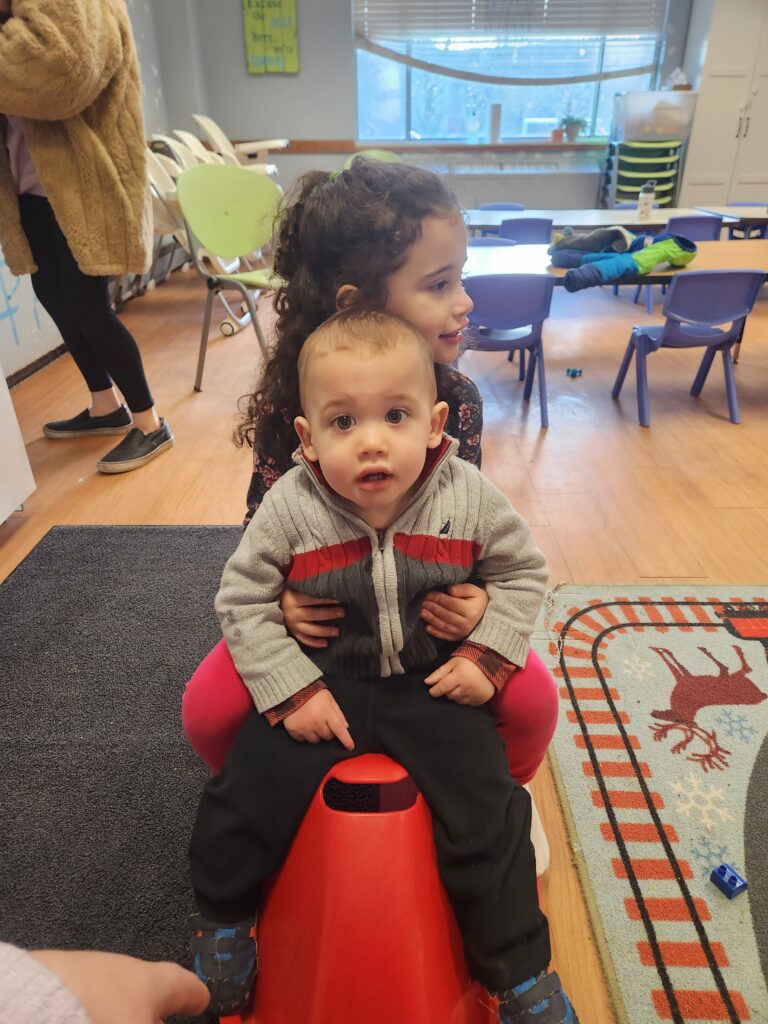
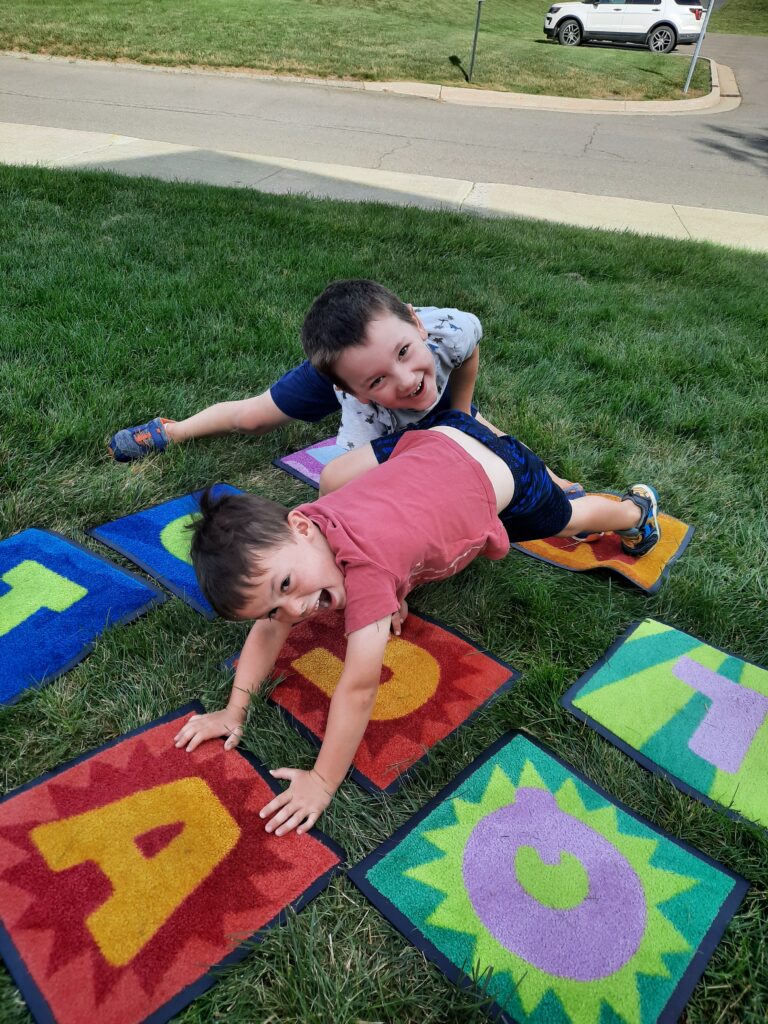
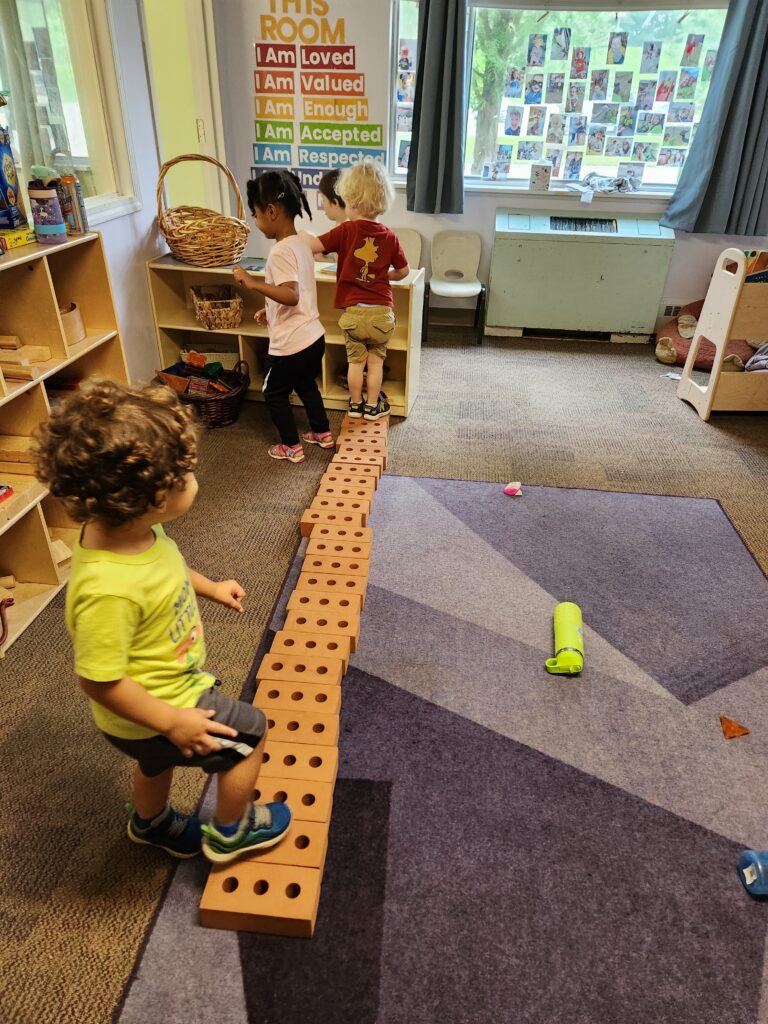
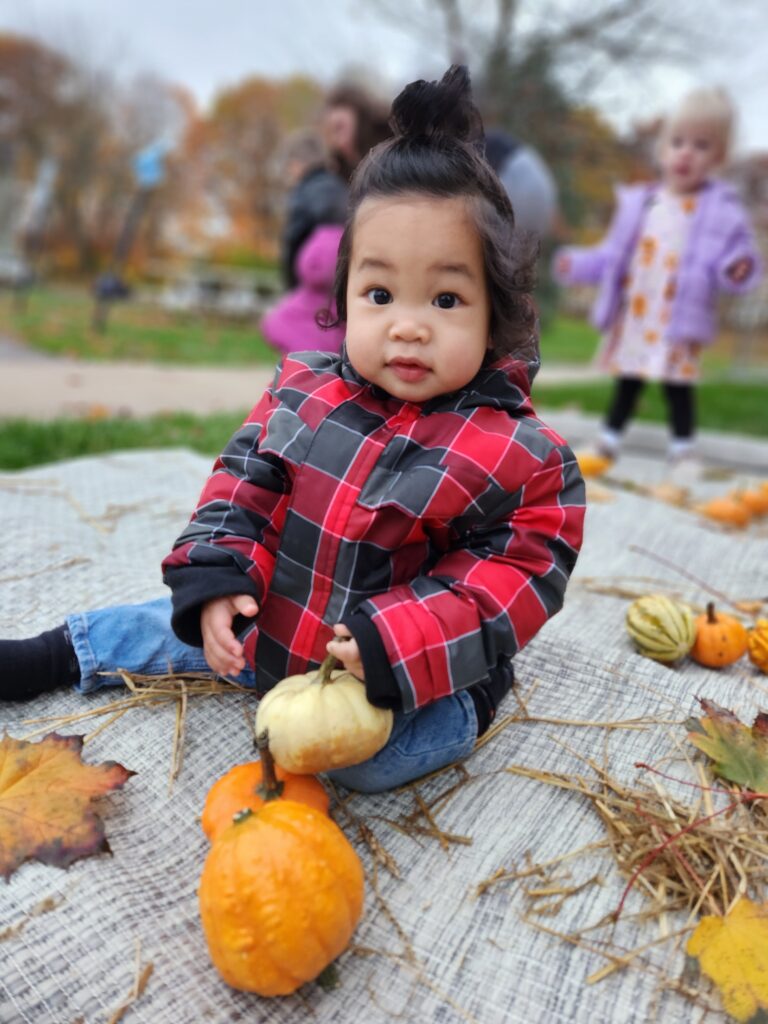
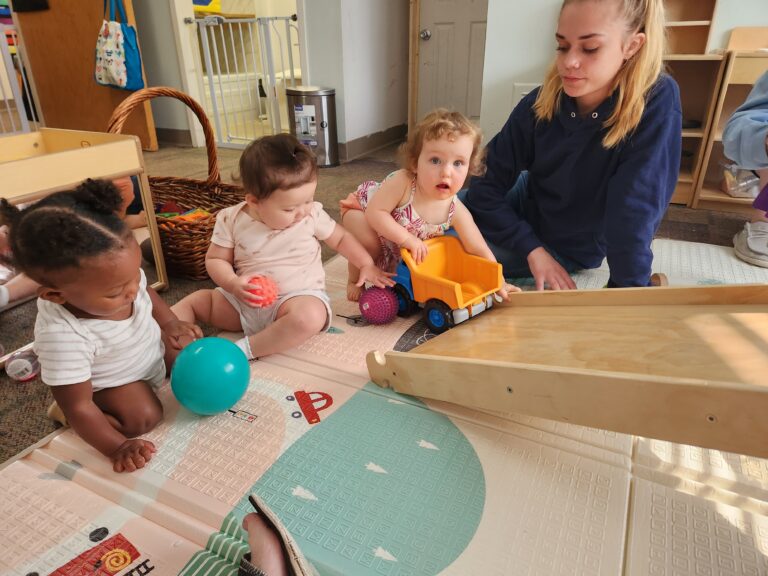
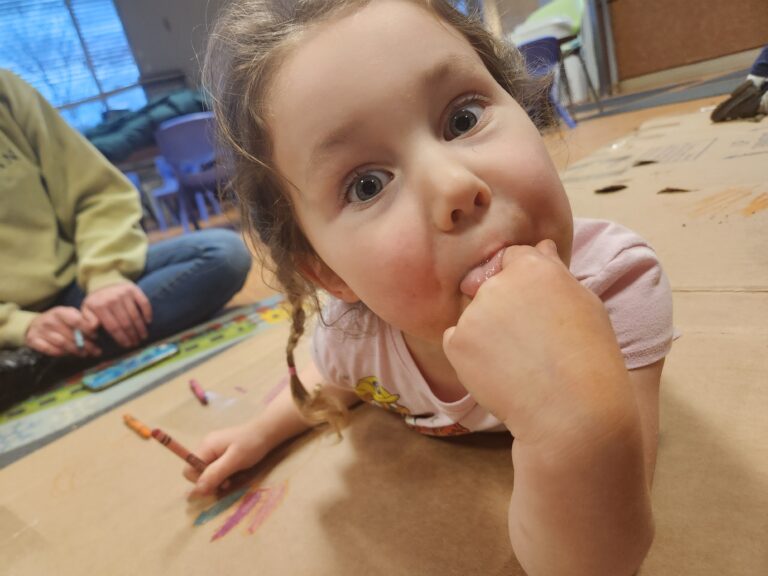
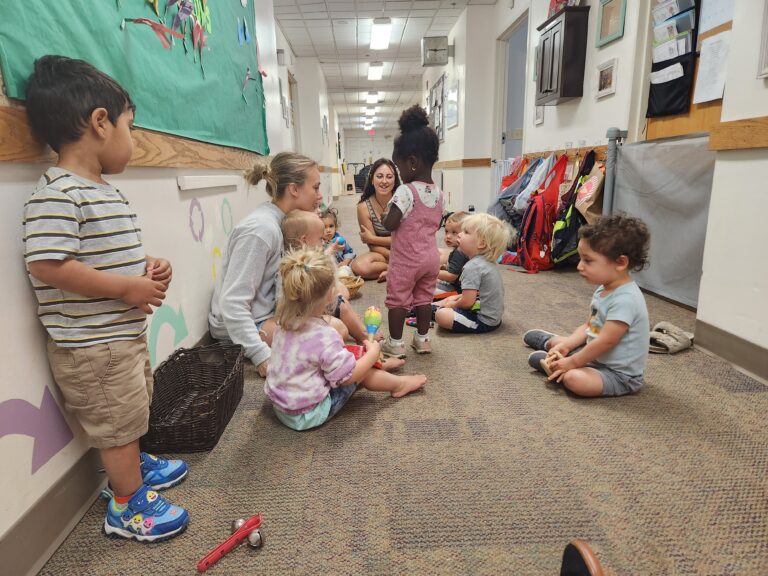
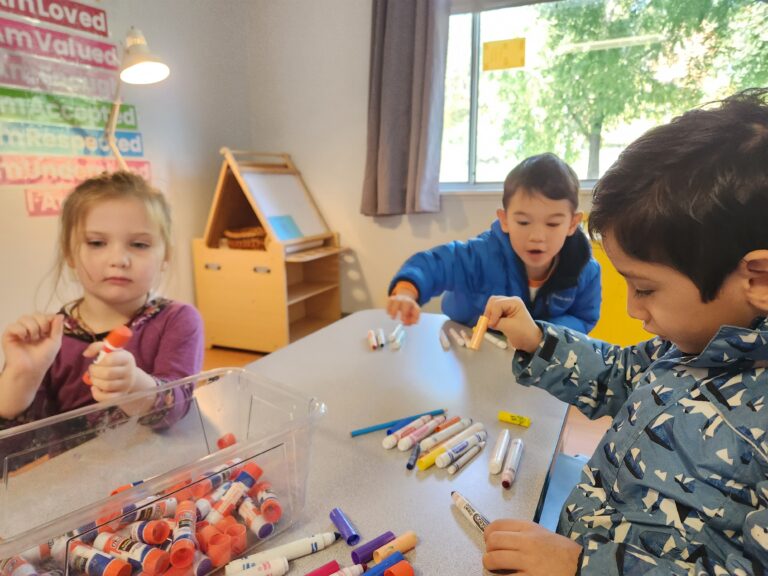
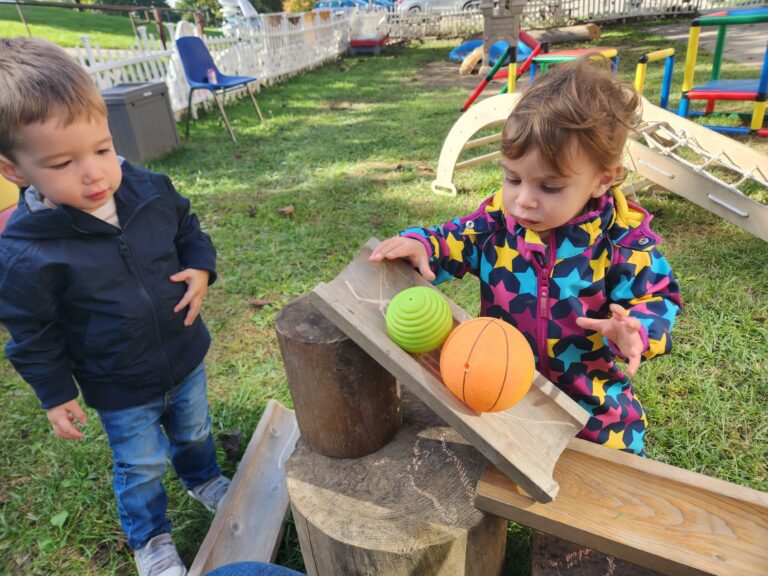
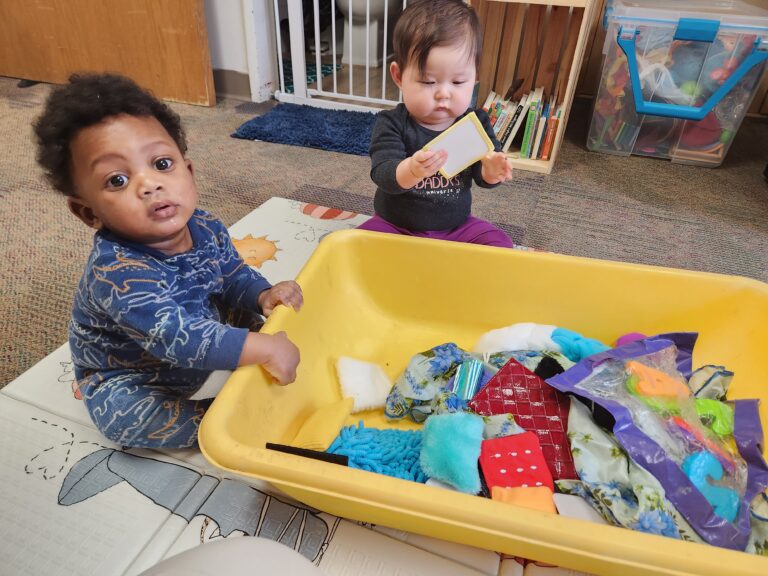
The Highscope Curriculum
The HighScope Curriculum is a play based curriculum that was founded right here in Michigan in 1970. It emphasizes active participatory learning, where children are encouraged to have direct, hands-on experiences with people, objects, events, and ideas. The core elements of the HighScope approach include:
1. Active Learning: Children are active learners, and they learn best through hands-on experiences with materials, people, and ideas.
2. Adult-Child Interaction: Teachers and caregivers observe and interact with children to support and extend their learning.
3. Learning Environment: The classroom is arranged into well-defined interest areas that encourage children to explore and engage in activities.
4. Daily Routine: A consistent daily routine helps children feel secure and understand what is expected of them.
5. Assessment: Ongoing assessment of children’s development and learning is a key component, using tools such as anecdotal notes and checklists.
The curriculum is designed to help children develop in all areas, including cognitive, social-emotional, physical, and creative skills.
Daily Activities
Message Board

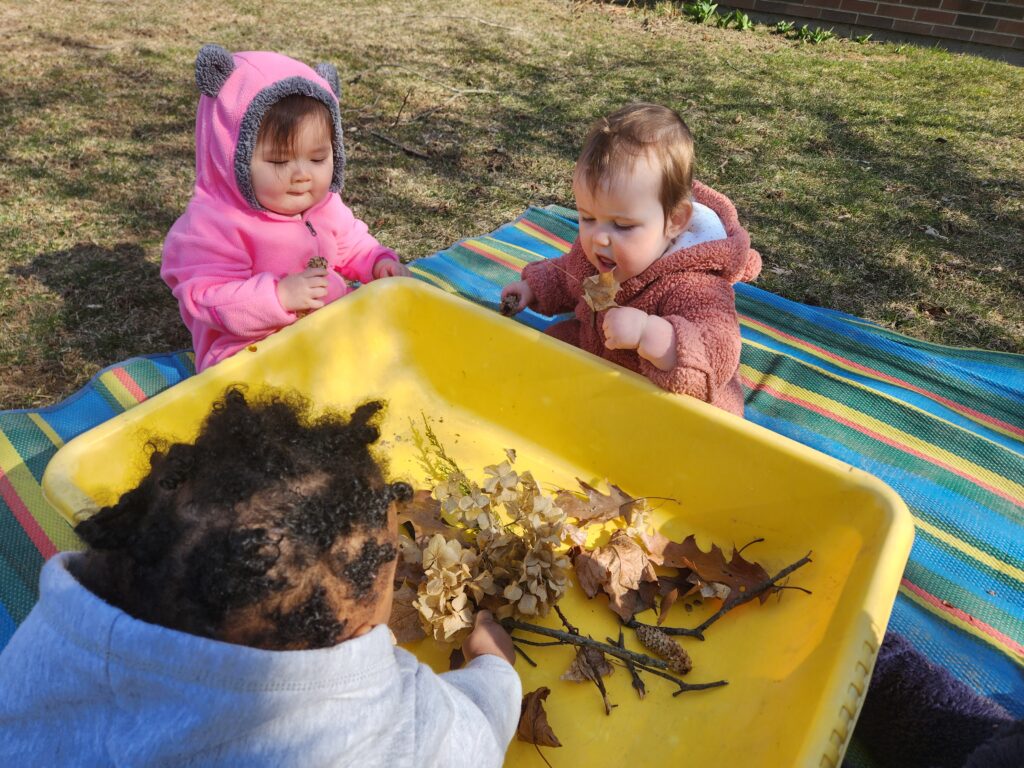
Small Group
Large Group
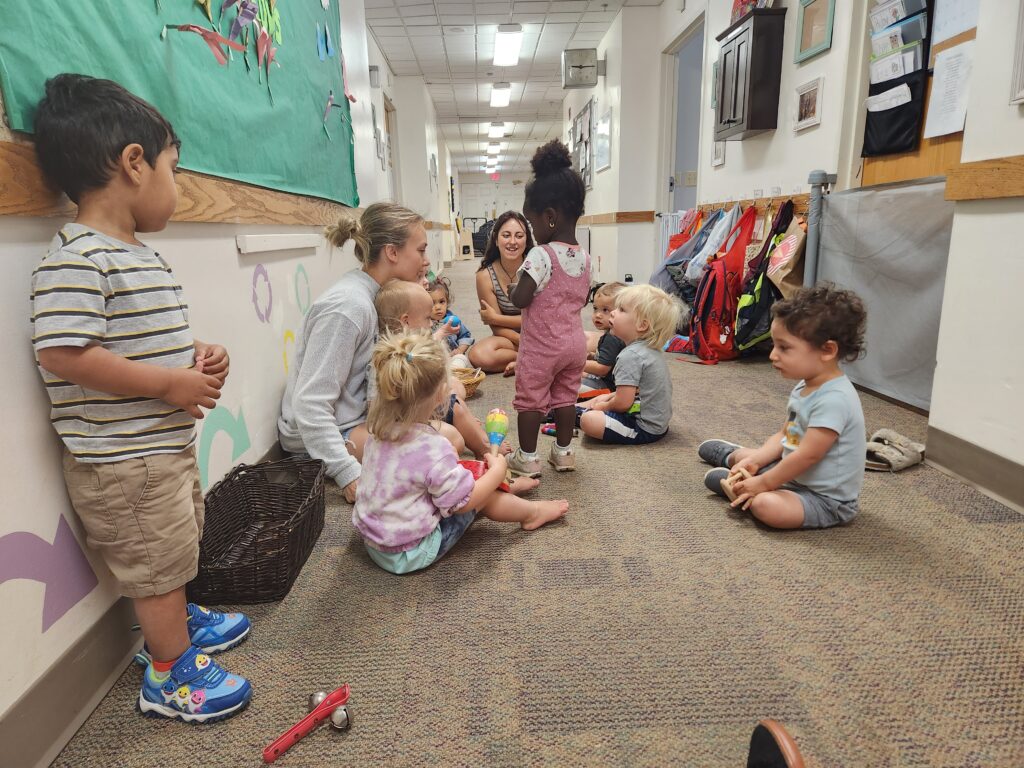

Work Time
Outdoor Time

